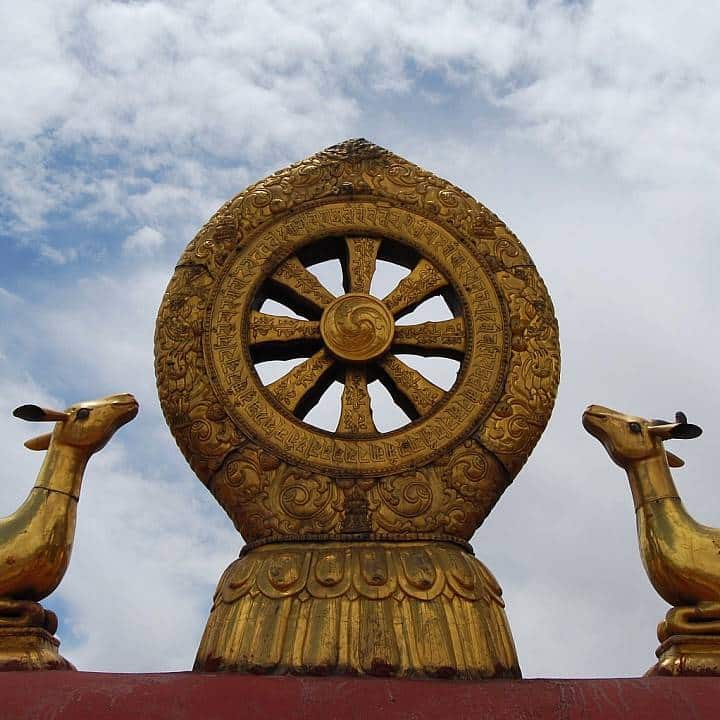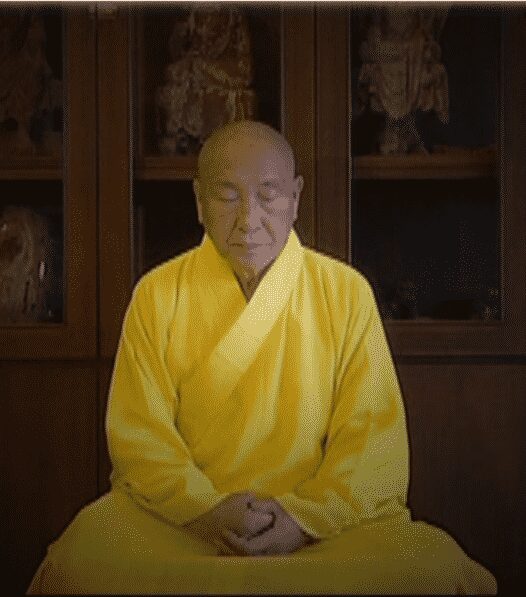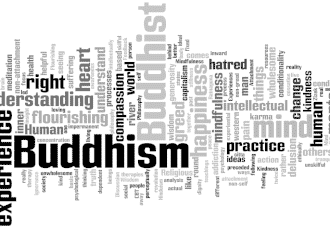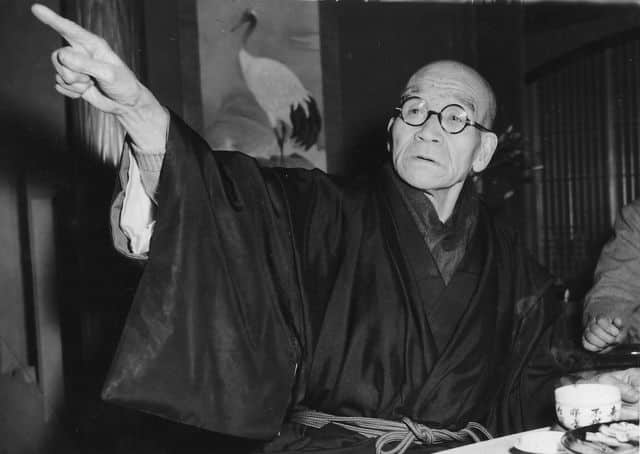The Noble Eightfold Path describes the way to the end of suffering, as it was laid out by Siddhartha Gautama. It is a practical guideline to ethical and mental development with the goal of freeing the individual from attachments and delusions; and it finally leads to understanding the truth about all things
The Path is divided into three main sections: wisdom, ethical conduct, and mental discipline.
Wisdom includes Right View and Right Intention. Right View is not about believing in doctrine, but in perceiving the true nature of ourselves and the world around us. Right Intention refers to the energy and commitment needed in order to be fully engaged in Buddhist practice.
Ethical conduct includes Right Speech, Right Action, and Right Livelihood. This demands to take care in our speech, our actions, and our daily lives to do no harm to others and to cultivate wholesomeness in ourselves.
Mental Discipline: Through Right Effort, Right Mindfulness, and Right Concentration we ca develop the mental discipline to cut through delusions. Most schools of Buddhism encourage the practitioners to meditate for achieving clarity and focus of mind.
The Noble Eightfold path is the understanding of the fourth noble truth. It is the path necessary for the cessation of suffering. Sometimes it is called the middle way, because of how it develops insight into the true nature and reality of life.
All eight elements of the Path begin with the word “right,” which translates the word samyañc (in Sanskrit) or sammā (in Pāli). These denote completion, togetherness, and coherence, and can also suggest the senses of “perfect” or “ideal.” ‘Samma’ is also translated as “wholesome,” “wise” and “skillful.”
Right Understanding/View (Samma Ditti) – Right view or sometimes called right understanding involves the right understanding of the four noble truths: suffering, the origin of this suffering, cessation, and how the cessation can be achieved. The Buddha would often refer to the right view as seeing the human condition of discomfort and conquering it without relying on externals or distractions. Is the understanding that all of our own suffering is a result of our own actions. This is the first of the noble eightfold path because the Buddha wanted his followers to truly understand the root causes of suffering instead of just following his teachings out of devotion.
Right Thought (Samma Sankappa) – The second part of the path is a direct result of the view or understanding we get from the first part. Because we see the true nature of the human condition we have intention or motivation to change our inclinations. Our thoughts become shaped by wright intentions instead of wrong ones. As follows with the right view our intentions become empty of desire attachment and sensuality.
Right Speech (Samma Vacha) – This contains four aspects.
(a) Abstinence from false speech, that is, from lying – instead making an effort to speak truthfully.
(b) Abstinence from slanderous speech, statements intended to divide or create enmity between people. The follower of the path should always speak words which promote friendship and harmony between people.
(c) Absinence from harsh speech, from speech which is angry and bitter, which cuts into the hearts of others. Instead one’s speech should always be soft, gentle and affectionate.
(d) Abstinence from idle chatter, from gossip. Instead one should speak words which are meaningful, significant and purposeful.
Right Action (Samma Kammanta) – This involves three aspects.
(a) Abstinence from killing any other creature or life form.
(b) Abstinence from cheating, stealing and taking what is not yours, exploiting others for wealth.
(c) Abstinence from illicit sexual relations, such as sexual activity without inner connection, rape, adultery and seduction.
Right Livelihood (Samma Ajiva) – Right Livelihood refers to refraining from occupations that may hurt other people or degrade ourself in the long run.
The Buddha gave a few examples of occupations to avoid:
– dealing with flesh,
– dealing with poison,
– dealing with weapons,
– dealing in sex trade or prostitution, and
– dealing with intoxicants like liquor and drugs.
Right Effort (Samma Vayama) – The Buddha starts the training of one’s mind with right effort. No matter how difficult our life is, we can achieve liberation, freedom and happiness through the right effort of mental training.
Right effort breaks down into four different aspects.
(a) Effort to prevent unwholesome mind states from arising. While the mind is calm it is easy to be distracted by an attachment to a pleasant object or unpleasant aversion, but by being mindful over our senses we can simply see or sense the aversion without reaction.
(b) Effort to abandon unwholesome states. When these mind states do arise we must use ample energy to let them go.
(c) Bring out the wholesome states deep within ourselves. We all may have certain mind states filled with love and compassion that need to risen.
(d) Cultivating the existing wholesome states. Continual practice and appreciation for the loving mind states that we already have.
Right Mindfulness (Sami Sati) – Right mindfulness means being alert and present at any given time. We must realize that the present moment is all there is and ever will be. When doing tasks, full attention or mindfulness is required.
The four foundations of mindfulness can be summed up to:
– being mindful of the body,
– being mindful of feeling,
– being mindful of mental states,
– being mindful of mental activity.
Right Concentration (Samma Samadhi) – Right concentration unites right effort and right mindfulness, bringing a unification of the mind. With the right concentration, the mind becomes a powerful tool leading to wisdom and liberation. The Buddhist method of choice to develop right concentration is through the practice of meditation. The meditating mind focuses on a selected object. It first directs itself onto it, then sustains concentration, and finally intensifies concentration step by step. Through this practice it becomes natural to apply elevated levels concentration also in everyday situations.
photo credit: dharmathai




